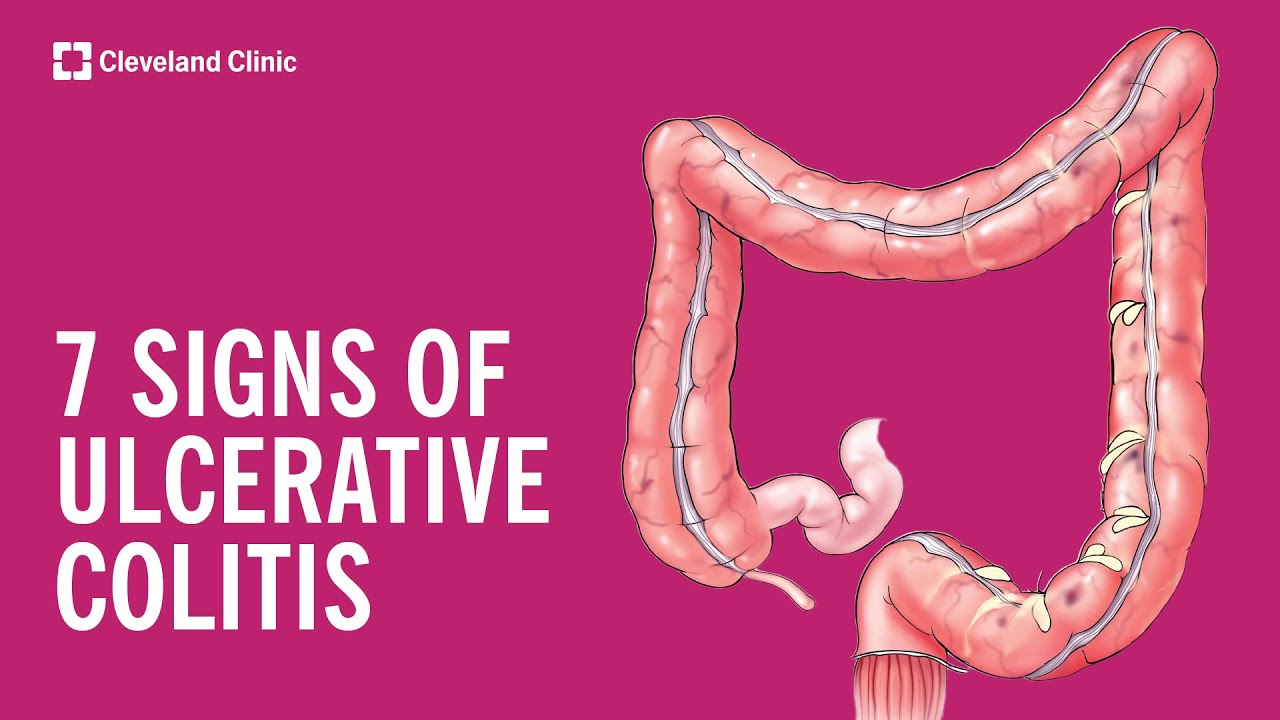The Gastroenterology Channel
NEW YORK (Reuters Health) – In cases of upper gastrointestinal bleeding, intravenous infusion of erythromycin about 30 minutes before endoscopy should be considered to improve diagnostic yield and decrease the need for repeat endoscopy.
That’s one of the recommendations contained a new American College of Gastroenterology guideline on the management of patients with ulcer bleeding, published online February 7 in the American Journal of Gastroenterology.
The guideline is based on evidence from a literature search for clinical trials and meta-analyses on gastrointestinal hemorrhage, and focuses on management of overt non-variceal upper GI bleeding due to gastric or duodenal ulcers.
Dr. Loren Laine of Yale University School of Medicine, New Haven, Connecticut, and Dr. Dennis M. Jensen at the University of California Los Angeles, first cover the initial assessment and risk stratification of patients. That includes advice to assess hemodynamic status immediately with resuscitative measures as needed. Blood transfusions should target a hemoglobin concentration of at least 7 g/dL.
After risk assessment, patients without melena, syncope, cardiac failure, and liver disease can be considered for discharge without endoscopy if urea nitrogen is <18.2 mg/dL; hemoglobin is at least 13.0 g/dL for men or 12.0 g/dL for women; systolic blood pressure is at least 110 mm Hg; and pulse is <100 bpm.
In other cases, endoscopy should be performed within 24 hours of admission. If it has to be delayed, intravenous proton pump inhibitor therapy is recommended to reduce further bleeding.
As mentioned, IV erythromycin before the procedure improves visualization through its prokinetic action, but gastric lavage is not required, the authors advise.
“Endoscopic therapy should be provided to patients with active spurting or oozing bleeding or a non-bleeding visible vessel (strong recommendation),” according to the paper, and it may be considered when an adherent clot is resistant to vigorous irrigation. However, “Endoscopic therapy should not be provided to patients who have an ulcer with a clean base or a flat pigmented spot.”
After successful endoscopic hemostasis, either IV or oral proton pump inhibitor therapy (depending on findings) should be given, the authors note. While routine second-look endoscopy is not advised, a repeat procedure should be performed in patients with clinical evidence of recurrent bleeding.
Long-term prevention of recurrent bleeding depends on the cause. For H. pylori-associated ulcers, eradication of H. pylori can obviate the need for ongoing antisecretory therapy.
For ulcers associated with NSAID or aspirin use, the need to resume treatment should be “carefully assessed.” If needed, a COX-2 selective NSAID at the lowest effective dose is recommended along with daily PPI treatment, and if aspirin is needed in patients with cardiovascular disease, it should be resumed within 1-3 days.
The document includes a two-page 30-point summary of recommendations, with an indication of the strength of the evidence supporting the advice.
Source(s):
Management of Patients With Ulcer Bleeding
The American Journal of Gastroenterology, 2012







